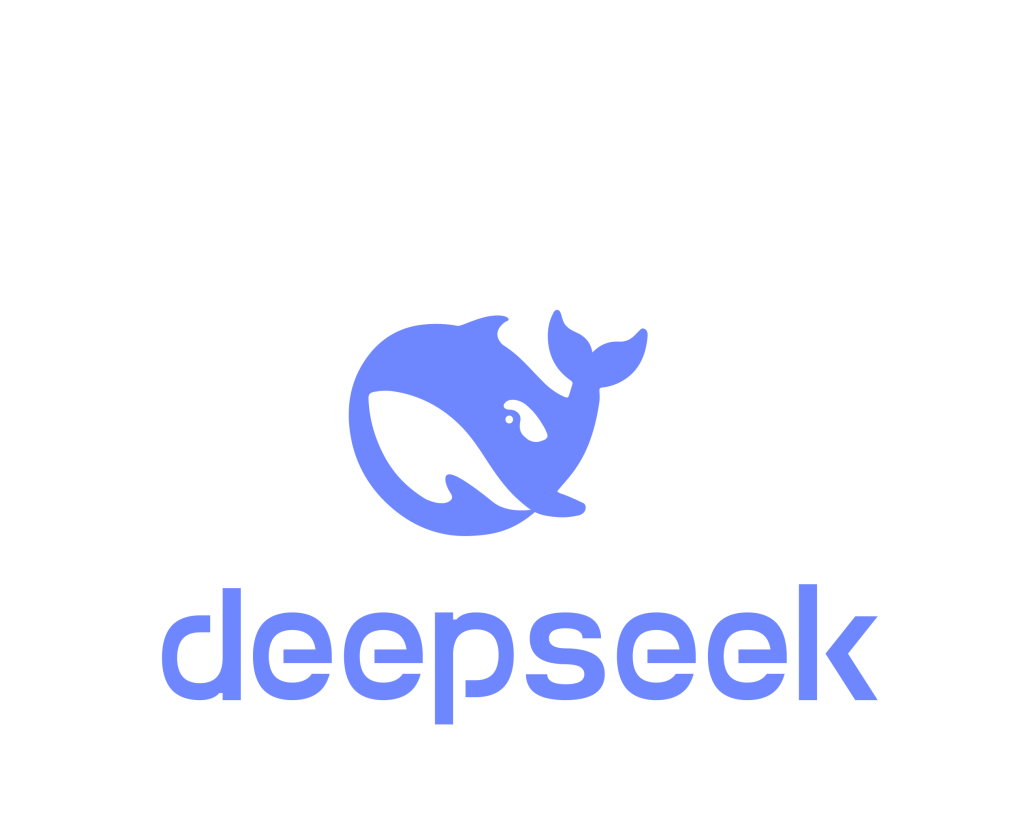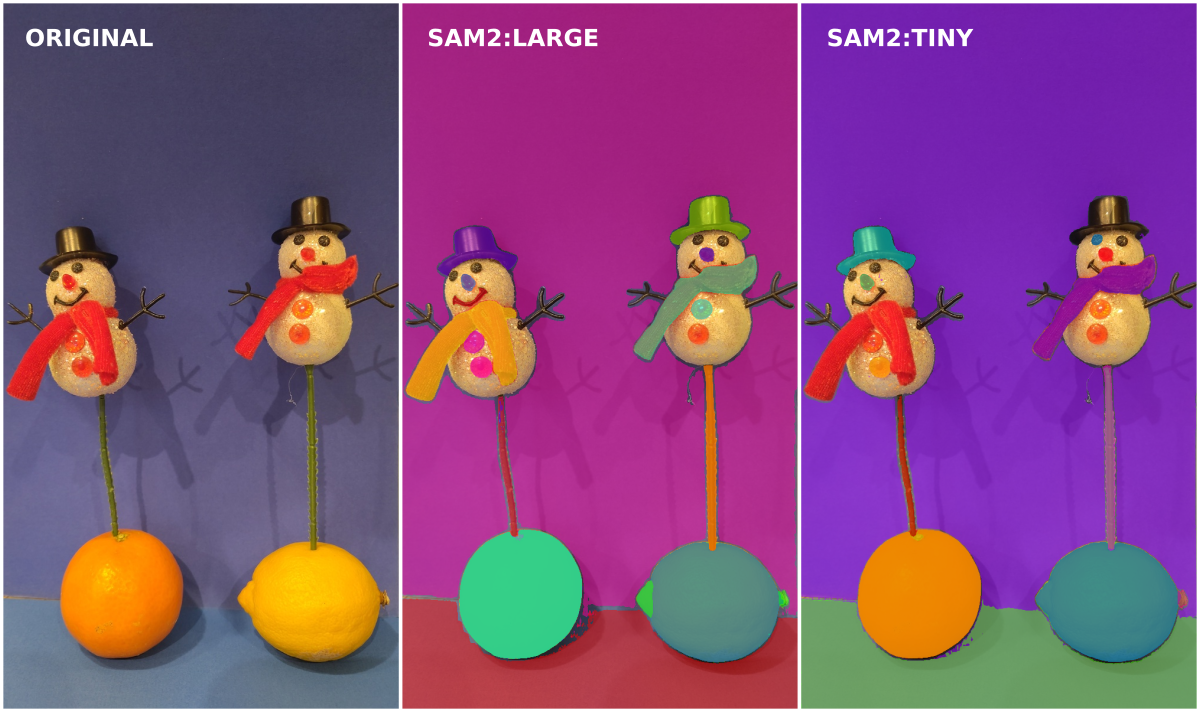Below you will find pages that contain the key word “PyTorch”:
DeepSeek in the Cloud
In this post, I will share my experiences of running one of the DeepSeek open-weights models (DeepSeek-R1-Distill-Qwen-32B) directly on AWS hardware in the cloud - no need for API tokens.
The good news is that it’s easier than you think - modern libraries, such as PyTorch and the Hugging Face (🤗) transformers package, facilitate much of the heavy lifting. I found some extra tips and tricks along the way to speed things up and I will share these with you in this post.
Let it Segment: A Gift from SAM
With the release of the Segment Anything Model1 (SAM) released by Meta AI Research last year, the lie of the land changed quite substantially in Computer Vision, as now images could be segmented easily, with great results even zero-shot. With the release of SAM22 earlier this year, I wanted to get hands on and experiment with these models myself.
This post walks you through how SAM2 could be used in practice, provides a mini analysis of segmentation results and will be released with code so that you can explore further if you want to. This could be expanded to interesting use cases, such as facilitating object grasping in robotic systems, branded product addition or removal in marketing images, or mapping changes in forested areas from satellite imagery over time for environmental monitoring.
Construction Timelapse
In this project a stunning timelapse video was created from an image stock of over 3,000 photos of a construction site, tracking the progress of a new residential building from breaking ground to completion, a process lasting more than three years. Those images were taken without a tripod, so the variability in camera positions and angles was of course high. To correct for this, Computer Vision techniques were used to predict key points in the images, that could then be used to straighten them and produce the final, steady timelapse.


